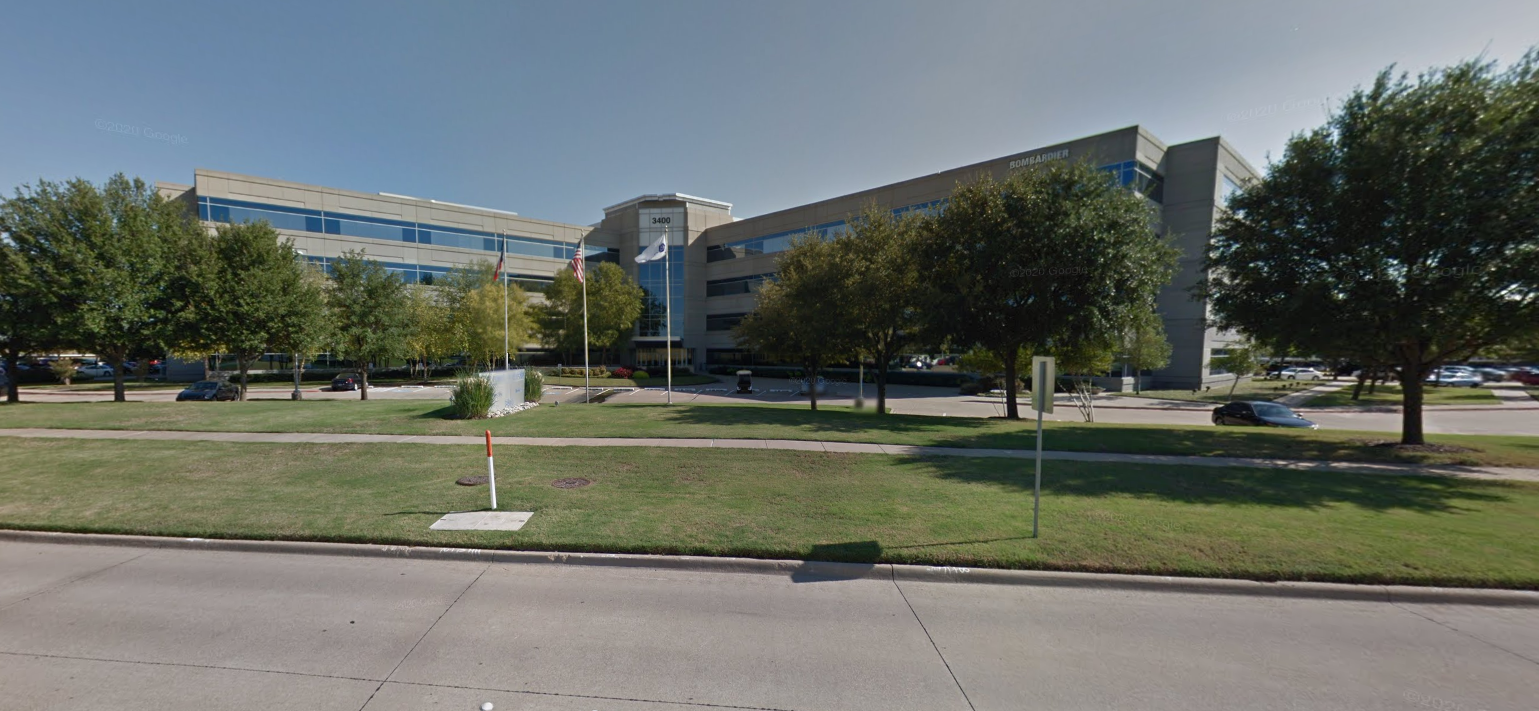 STB Systems
STB Systems
STB ("Simply The Best") was an early manufacturer of multi I/O, graphics and sound cards for the IBM PC and its compatibles.
Founded in 1981 by Don Balthaser, Bill Ogle and Mark Sims, they were headquartered in Richardson, TX, but also had facilities in Houston, El Paso, Austin, Eugene OR, Juarez [Mexico], Belfast, London, and Paris.

STB Systems' offices in Richardson, TX (1981-1998)
In chronological order, here are most of their graphics and sound cards:
Company History and Locations
The Mexico facility was their primary manufacturing location, opened in 1988 - STB de Mexico was established in 1988 by STB Systems to manufacture their line of computer expansion products, which included video graphics adapters, multimedia accelerators, sound cards, I/O cards and specialized technology products.
In November 1996, STB de Mexico increased their manufacturing capacity by 65% from their earlier 200,000 units per month (for a total estimated 600,000 to 750,000 graphics, video and/or multimedia acceleration boards per month) by purchasing four new surface mount assembly lines that allowed for the production of double-sided products. The equipment also supported the placement and soldering of Ball Grid Array (BGA) technology, which is a manufacturing technique used to increase circuit density. To further increase its manufacturing volume, STB adopted new product design methods that used a panelizing process to permit four circuit boards to be assembled simultaneously. This new 136,000 sq.ft facility was located directly adjacent to the existing STB manufacturing plant in the Los Fuentes Industrial Park in Juarez.
Their Belfast office was opened in February 1997 as a software development centre. El Paso was a storage, packing and shipping facility. Houston and Eugene locations were also development centers that opened in 1996.

STB Systems' 210,000 square foot headquarters facility near its
original location in Richardson, TX (build completed in December 1998)
Throughout the 1990s STB had a strong partnership with chipset manufacturer, S3, so a lot of their cards are based on S3 graphics accelerators. They also used Tseng Labs and Cirrus Logic extensively, and on occasion Western Digital and Avance Logic.
While most of their cards were consumer-oriented, they did produce a number of more specialist cards aimed at the professional market. In March 1997, STB Systems acquired Symmetric Simulation Systems who designed and built high-end 3D graphics technology based on 3DLabs' accelerators including the GLyder-16, Glyder/MP, GLyder/TX and GLyder MAX. STB kept the moniker and sold these products based on the 3DLabs Permedia-2 and GLINT 500TX processors.
As with a lot of graphics accelerator card manufacturers, STB separated their products into 'Multimedia accelerators' designed mostly for gamers, and 'Video accelerators' designed for those looking to playback video. STB's cards that contained '3D' in the name were the former, while those containing 'Video' in the name were the latter. There would often also be '64' or '128' added on, denoting the memory bus width.
The STB range of graphics cards catered to a broad range of price points:
| Entry-level | Mid-range | High-end |
|---|---|---|
| PowerGraph |
Lightspeed |
Velocity |
| Nitro | Horizon | Pegasus |
The Company began shipping sound card products in July 1996 in response to OEM customer demand for this additional product offering.
In December 1998, 3dfx Interactive, Inc. announced the acquisition of STB Systems with a stock swap valued at $141 million. The deal was completed at the end of May 1999.